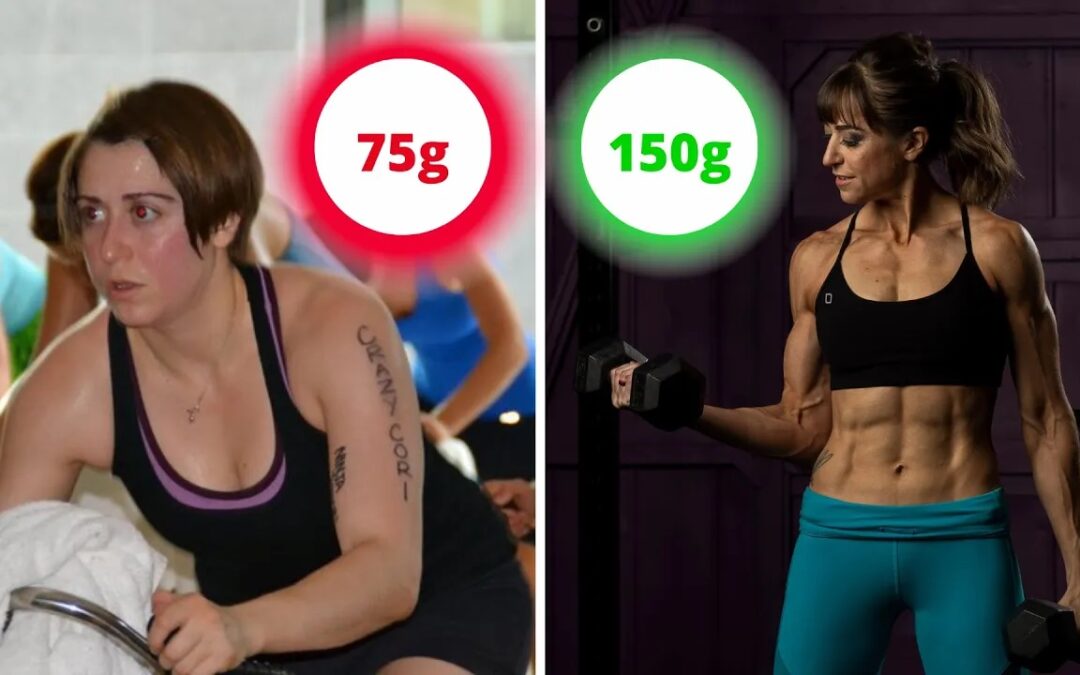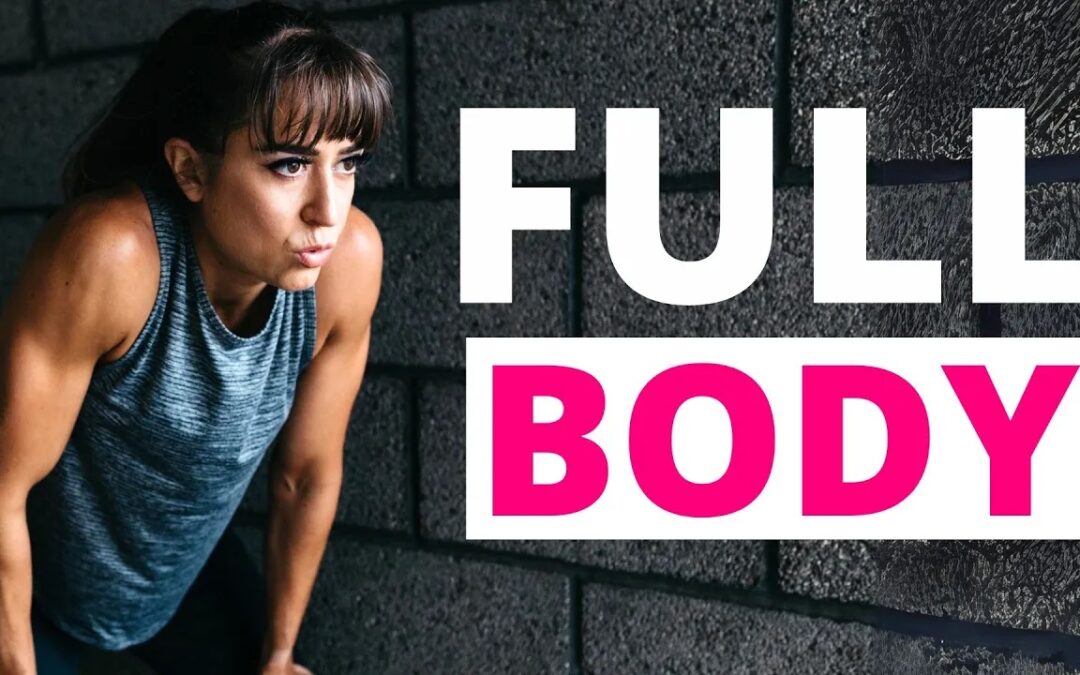
by Cori Lefkowith | Jun 6, 2024 | podcast
LISTEN HERE 7 WATCH HERE 7 TRANSCRIPT 7 OPEN TRANSCRIPT Cori (00:00):Hey guys, this is Cori from Redefining Strength. Welcome to the Fitness Hacks Podcast. This is the show where I share all my free workout and nutrition tips. I’m not going to ever fill this...

by Cori Lefkowith | Jun 3, 2024 | podcast, Uncategorized
LISTEN HERE 7 WATCH HERE 7 TRANSCRIPT 7 OPEN TRANSCRIPT (00:00):Hey guys, this is Cori from Redefining Strength. Welcome to the Fitness Hacks Podcast. This is the show where I (00:05):Share all my free workout (00:06):And nutrition tips. I’m not going to ever...

by Cori Lefkowith | Jun 2, 2024 | Blog, Diet
Think protein is just for bodybuilders? Think again. Focus on increasing protein may be even more important if you’re… Female Over the age of 30 Training hard Looking to lose weight Looking to lose fat Looking to gain muscle Looking to stay functionally stronger...

by Cori Lefkowith | May 27, 2024 | Blog, Exercises, Functional Fitness, Workouts
I know it looks a bit silly…. And I’m not expecting you to go into the middle of your commercial gym weight room floor and start doing it… But the Towel Taz is an amazing, and deceptively hard conditioning drill that can be a great way to mix up your cardio sessions...

by Cori Lefkowith | May 27, 2024 | podcast
LISTEN HERE 7 WATCH HERE 7 TRANSCRIPT 7 OPEN TRANSCRIPT (00:00):Hey guys, this is Cori from Redefining Strength. Welcome to the Fitness Hacks Podcast. This is the show where I share all my free workout and nutrition tips. I’m not going to ever fill this episode...






